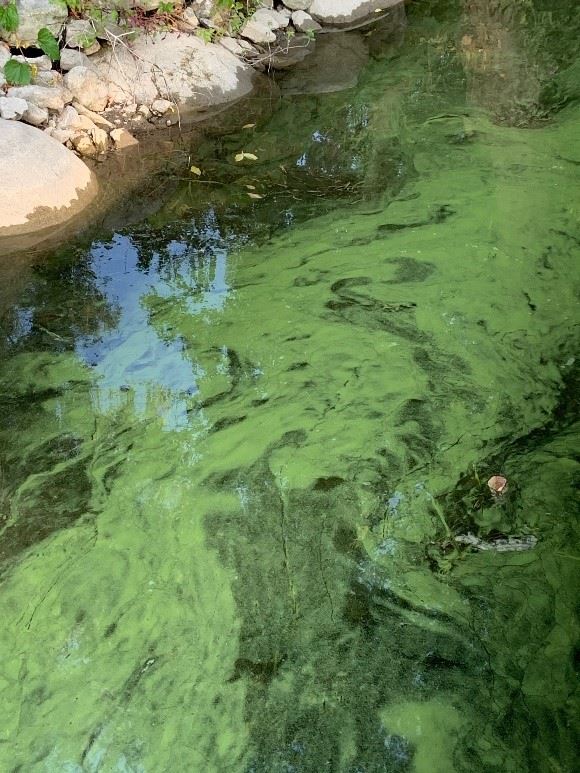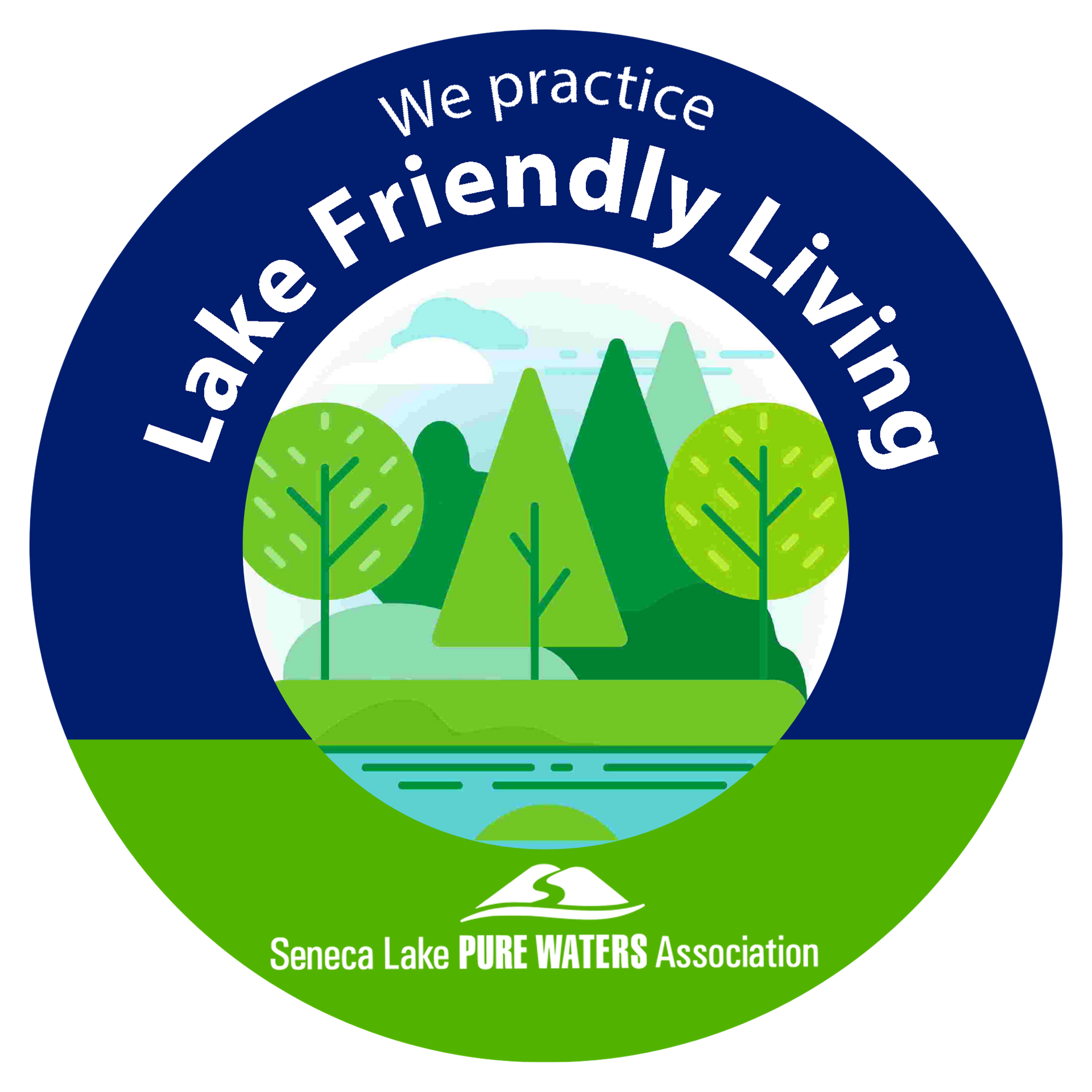Harmful Algal Blooms (HABs) Monitoring Frequently Asked QuestionsBlue-Green Algae, Harmful Algal Blooms (HABs) or Cyanobacteria?Cyanobacteria are microscopic organisms that occur naturally in New York lakes, ponds and streams. Under certain conditions they can multiply quickly to form dense, unsightly blooms on the water surface. Cyanobacteria are sometimes called "blue-green algae" or "harmful algal blooms" (HABs) but are in fact bacteria that use sunlight to create their own food (photosynthesis). Under certain conditions, cyanobacteria multiply very quickly leading to the formation of blooms. Cyanobacteria blooms can form at any time, but occur most often in late summer or early fall, coincidentally, when humans are most likely to cross paths with the bacteria. These blooms may produce toxins that are harmful and dangerous to people, pets, and wildlife. Laboratory testing is the only reliable method for determining if a bloom contains toxins. What do blooms look like?
|
More Information about Cyanobacteria |
Over the past eight years, Seneca Lake Pure Waters Association, the Finger Lakes Institute (FLI) and the New York State Department of Environmental Conservation (NYS DEC) have been working together to raise awareness, collect bloom samples, analyze blooms samples, and notify the public of harmful cyanobacteria bloom locations on Seneca Lake. Cyanobacteria, commonly known as blue-green algae or harmful algal blooms (HABs), are found worldwide, especially in calm, nutrient-rich waters. Unfortunately, some species of cyanobacteria produce toxins that may negatively affect the health of animals and humans thus requiring a public notification or alert system. Last summer, over 120 volunteers monitored 60 miles of Seneca Lake's shoreline and submitted weekly reports of their observations. 2021 was a middling year, with more blooms than 2020, but far fewer blooms than 2019. Blooms began to appear in mid-August, with only a few identified on the southeast side of the lake. Blooms were sporadic until October 6th, when Seneca Lake, as well as all the Finger Lakes, experienced a widespread, very dense bloom. Specific reasons that a bloom occurs one day and not another day are still a mystery.
^ Previous years' analysis suggests that most identifiable HABs are toxic and therefore should be presumed toxic and avoided. * The first number is the number of samples sent to FLI for blue-green chlorophyll analysis (bloom or not) and visual identification (species present). The second number is the number of samples sent to UFI for toxin analysis (i.e., 40). When a volunteer finds a bloom, they take a picture to submit as evidence. Sampling was not performed in 2020 or 2021 because the DEC dropped its sampling/testing program and funding limitations caused by COVID-19. Despite this, Pure Waters is still confident that bloom assessments are accurate. Volunteers have proven to be highly adept at correctly identifying blooms (>90% accuracy) and previous year's analyses reveal that the majority of blooms are "high toxin", and should be avoided!
Volunteers submit both “bloom” and “no bloom” reports into an online reporting system. Canandaigua and Keuka Lake Associations also use this system. Bloom reports are depicted on the map on this page for only Seneca Lake. Please visit Canandaigua Lake Watershed Association or Keuka Lake Association websites to learn about those watershed's HAB's season. We are always looking for volunteers. Shoreline monitoring is only one way to help. We also need people to help with communications, data collection and managing the volunteers. Please contact us if you are interested, or sign up through our online volunteer form. | 2024 Bloom STATUS & MapSign up for HAB Alerts and other e-news HERE Research on HABs in Seneca Lake Pure Waters provides funding for research on Seneca Lake related to HABs. Professor John Halfman, Hobart and William Smith Colleges, is the lead researcher. He also conducts similar research on Owasco Lake. Each year he compiles the data and publishes a report on his findings. The 2021 report is interesting as the HAB experience was quite different for each lake, yet most conditions were essentially the same. Results from this research can be found by following the links below |
|
Harmful Algal Bloom Monitoring "HABs" |
.png)

.jpg)

